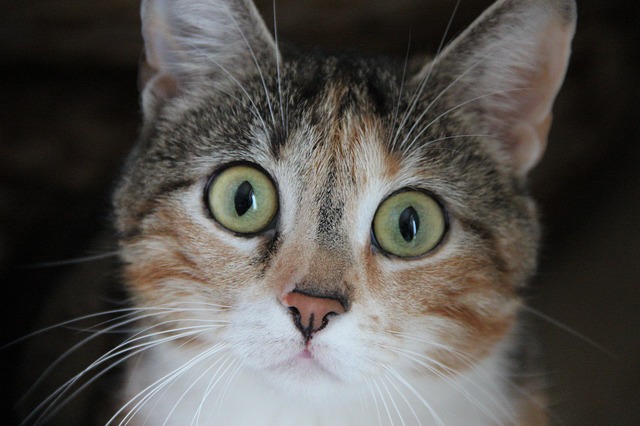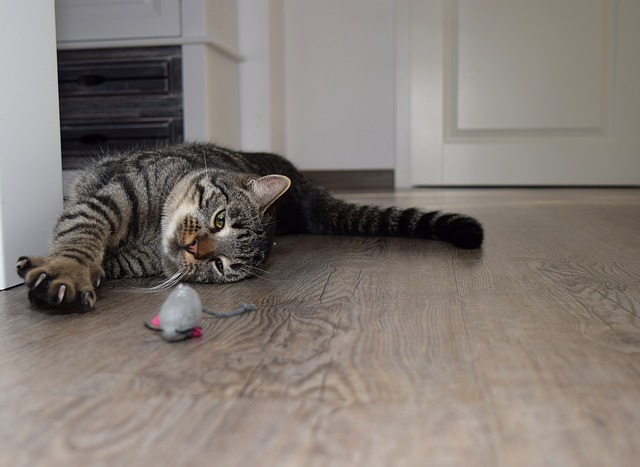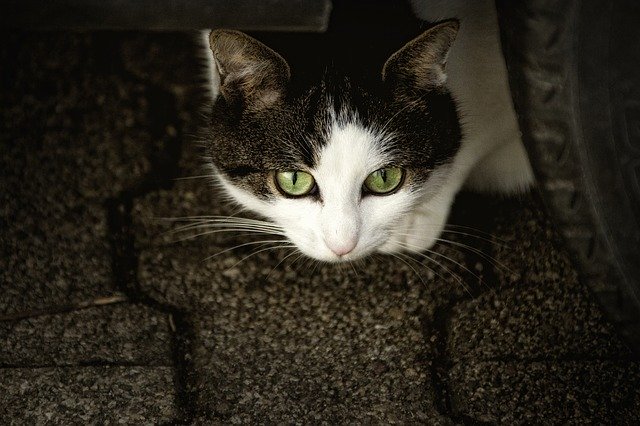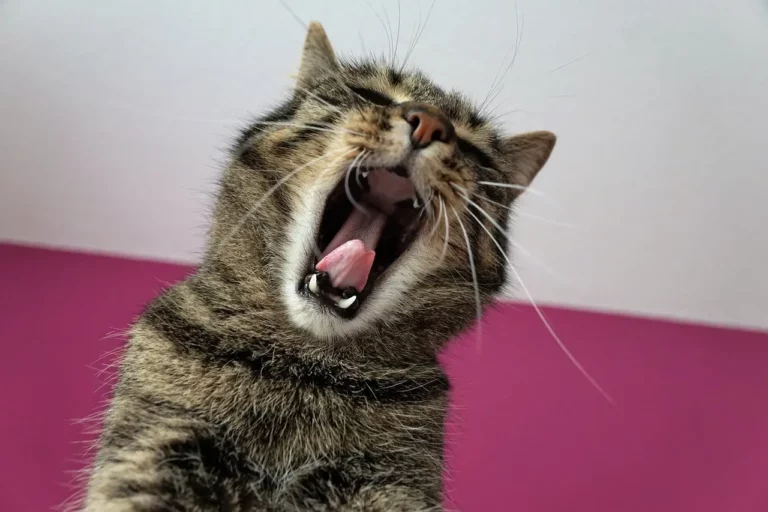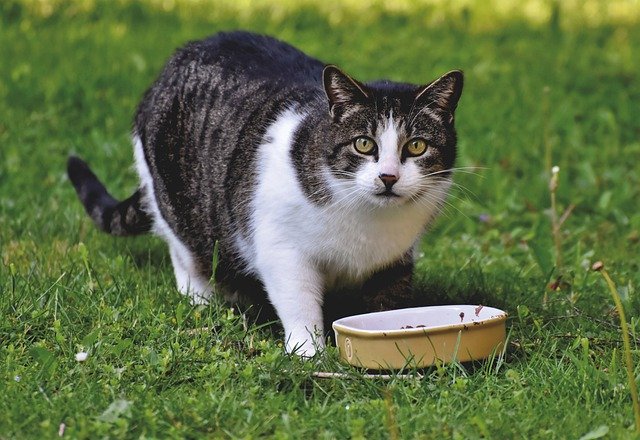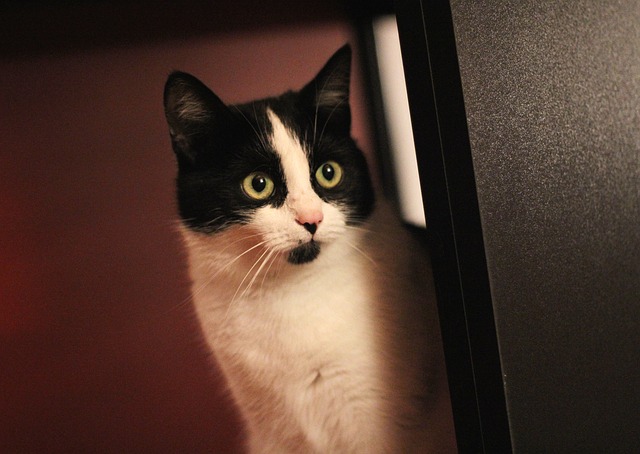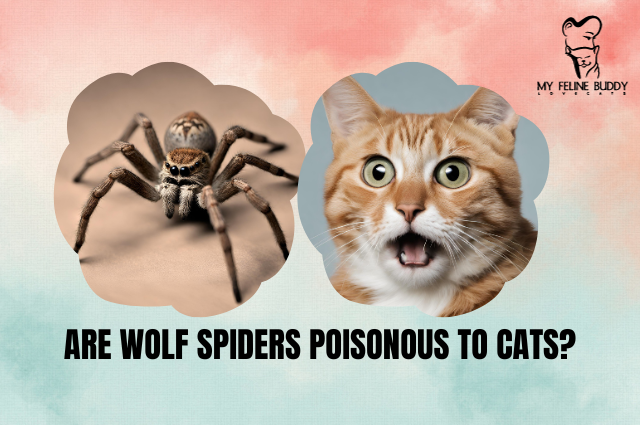6 Good (and Safe) Cat Laxatives (Reviews & Guide)
There can come a time in a
Best Cat Laxatives (Reviews)
No matter the type of laxative that you might be searching for, its safety is by far the most important thing that you should focus on. But with the wide variety of products available out there and however tempting it can be to go for a cheap
Here are some of the most effective ones that we have found.
1. Pfizer Lax’aire
Lax'Aire offers gentle relief for your cat or dog with its effective laxative and lubricant formula. This 3 oz. solution provides a safe and easy way to alleviate constipation, promoting digestive health in your beloved pets. Keep their well-being in check with Lax'Aire, a trusted solution for feline and canine comfort.
The reason I decided to choose this product as the first one in this selection is its ingredients. It doesn’t contain any nasty chemicals that could otherwise have a negative impact on your feline friend’s health. It merely contains liquid petrolatum (a lubricant) and cod liver oil (the actual laxative).
Thanks to the cod liver oil, this product also contains essential vitamins, iron, as well as fatty acids, which are all paramount for a
Since this is a paste, it can be rather easy to administer, particularly to cats who like the smell of fish. It’s also worth noting that you can use this option for both dogs and cats. So, if you have a household where both species live happily, you can keep it in the cupboard for emergencies until it expires – and use it on your canine friend, too, since it’s safe, as well.
2. Vetoquinol Laxatone Lubricant Gel for Cats
This gentle tuna-flavored oral gel is an easy-to-use solution for preventing and eliminating hairballs in cats. Laxatone coats swallowed hair, aiding its passage through the digestive tract, and for best results, simply apply a small amount daily on your cat's nose or paws. Your furry friend will love this tasty hairball lubricant that not only helps them feel better but also ensures a smoother grooming experience.
Another good laxative for cats is Laxatone from Vetoquinol. I have recommended products from this brand in the past, as well, especially in my article about appetite stimulants for cats. Well, this one acts by basically lubricating the intestinal pseudo-blockages caused by hairballs.
The gel smells like tuna, so it should speak to the needs and tastes of cats that like fish. This makes administration a breeze, although I wouldn’t go as far as to say that it’s as easy with all cats (my own hates fish, for example). In any case, the Laxatone coats the hair in the hairballs and helps it pass through the digestive tract.
Since some cats might be a little difficult to convince to swallow the gel, I recommend placing a small amount on the
3. Laxanip for Cats by Butler
Laxanip by Butler offers a convenient solution to help manage hairballs in cats. This 3 oz. tube provides a palatable gel that aids in the elimination of ingested hair and supports healthy digestion in your feline friend. Keep your cat comfortable and free from hairball-related issues with Laxanip.
This product contains mineral oil, soybean oil, as well as petrolatum, and these ingredients are capable of coating the hairballs that might exist in the
Laxanip also aids in the prevention of hairballs, and it even comes with a flip top tube that enables easy administration. Like with other products, with this one, as well, you can just add a small amount to your
On the same note, we would like to add that Laxanip has mostly received favorable reviews, with people saying that they have managed to prevent hairballs and solve constipation issues even in older and long-haired cats.
4. Only Natural Pet Laxa-Herb Herbal Formula
Introducing Only Natural Pet Laxa-Herb Herbal Formula: a gentle and effective solution for digestive health in cats. This 2 oz. herbal blend is crafted to support normal bowel function and help alleviate occasional constipation. Keep your feline friend happy and comfortable with Only Natural Pet Laxa-Herb.
What laxatives are safe for cats? If you have ever asked yourself this question, we’ll tell you that only those that have as few ingredients and as natural ones as possible are perfectly safe. This one seems to be one of them given that it is marketed as being completely natural. It is appropriate for both dogs and cats and for all ages and breeds.
Furthermore, we couldn’t help noticing from the feedback provided by some of the pet parents that have given it a shot that it is effective, as well as gentle. There are folks who have used it on their 7-year old cats with great results.
As is the case with any other product that contains natural ingredients, though, frequent administration is required for it to get the job done. Most pet parents give their cats this laxative around three to four times a day (in small amounts). While most cats respond to this treatment, there have been some that haven’t.
5. Raw Paws Pet Organic Pure Pumpkin for Dogs and Cats
Our powdered pumpkin for dogs and cats is a rich source of soluble fiber, ideal for pets struggling with stool irregularities. Made from 100% pure pumpkin, it's a safe and effective treatment for constipation, diarrhea, and gas discomfort in pets. Say goodbye to wasted canned pumpkin puree and hello to our convenient and organic pumpkin powder, proudly made in North America with no additives or preservatives. Satisfaction guaranteed or your money back!
If your feline buddy has been experiencing digestive issues for quite a while and you’ve noticed him or her straining to poop, this product might be a good option. Often times, adding a little fiber to your pet’s diet can solve the problem. However, what some people might fail to realize is that cats can’t have just any type of fiber.
Because they are true carnivores (not omnivores, such as dogs or other types of animals), they do not do well when you add grain or other types of fiber into their diet. Probably the worst idea would be to add corn to a
But pumpkin is one of the few sources of fiber that can improve a
This product is 100% USDA certified as organic and completely natural and it can be used for cats as well as for dogs.
6. Virbac Vetasyl Fiber Capsules
Our fiber capsules offer gentle and effective relief from constipation in a highly palatable form that's easy to administer to your pet. Made with 100% natural ingredients and formulated without the use of preservatives, artificial flavors, colors, salts, or sugars, they provide a safe and reliable solution for digestive discomfort.
If your
It doesn’t contain any chemicals whatsoever, which is why it causes no side effects. It is a gentle, yet effective relief from constipation that can be used on dogs and cats like. The issue with this one is that you will have to go through a little trouble to give your
However, the manufacturer does suggest opening up the capsule and sprinkling the contents over your pet’s food. But if your
Cat Laxative Buying Guide
Finding the right laxative when your cat gets constipated can be quite a challenge. On the one hand, you have lots and lots of products to choose from. On the other, you can’t really know which ones are safe and which ones you should steer clear of.Â
In this guide, we will look at some of the essential factors that you should bear in mind when you’re searching for a
Consult your vet
If you have pet insurance or you are lucky enough to afford a vet, I have to advise you to take your feline friend to the clinic first. There are lots of people that don’t do this and don’t do enough research and they end up trying to perform techniques such as giving their
Your vet can give you a lot of information as to what has caused your
This can all be done thanks to diagnostic methods such as ultrasounds or X-rays (contrast X-rays). Bloodwork might also be required if the
Even if you take your vet just once, the consultation and treatment chosen by the veterinarian can mean the world. At least you will get the correct recommendations from the right person – both in terms of dietary changes and in terms of the medication that you can give your
Ingredients
If you do not have the means to go to a vet right now (and many people in North America don’t, unfortunately), you need to look for the safest laxative for cats. Generally, opting for natural products instead of synthetic ones is a good idea. If the gel or whatever laxative form you choose is marketed as 100% natural and even more, certified by the USDA as being organic, you can rest assured that it’s pretty safe.
But there is an issue that I would like to discuss here and that doesn’t have anything in common with the idea of ‘natural’. Corn is natural and it shouldn’t be used in the diet of cats. Yet somehow, many pet food manufacturing brands use it as a filler in the kibble and even wet food that they produce.
Cats shouldn’t eat carbohydrates as they do not need them. They are carnivores and they get all of their most important nutrients from things like meat, fish, or even eggs. If you come across a laxative that contains binders such as corn syrup or anything in those lines, you should know that it’s not the best choice in the world.
However, if you know for sure that it works and that your
For cases that aren’t really severe, try to stick to products that contain healthy oils such as cod oil, for example.
Form
As you can expect,
Whether you decide to put a small amount on your feline friend’s paws or nose so that he/she licks it or your pet actually likes the smell or taste of the product so they aren’t going to refuse it, it’s far easier to do all this with a liquid or creamy alternative than with a pill.
Cat Laxatives – FAQs
What is a natural laxative for cats?
Any product that contains mostly harmless ingredients such as oils (coconut, olive, or fish oil). Also, if you tend to give your
Can you give a cat human laxatives?
The answer to this question is a clear no. Some human laxatives that can be purchased online are effectively off-the-counter medications, and they could contain dangerous ingredients. On top of that, they could have a variety of enzymes that aren’t appropriate to give to cats.
Besides, what are you going to do in terms of the dosage? Please consider that most laxatives for humans are made for adults weighing more than 110 lbs, which clearly makes them unsuitable for cats.
How long do laxatives take to work in cats?
It depends on the product and the severity of the constipation. If your
Natural laxatives can take more than one or even two days to do what they’re supposed to, and during this time, you might have to give them to your
How often to give cats laxatives?
If your
If you opt for a natural and safe laxative for cats, you could administer it every day or every couple of days, to prevent constipation. Actual medications shouldn’t be administered for longer than several days — but that depends on the specific medication. Make sure you talk to your vet for more recommendations.
